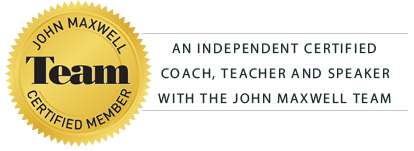Heading a volunteer team, team members would ask, “So what do we need to do?” When I told them, they’d follow up with, “How do you do that?” Upon showing them, they’d continue, “Ha, ha, since you’ve started, why don’t you just finish it?” At this point, I’d shake my head and repeat the steps for accomplishing the task.
As a leader, you must resist the urge to “do it yourself.” Effective leaders empower others to accomplish set goals which in turn strengthen them to accomplish more. If they don’t know how to perform a task, teach, but don’t take over. Instead, do the following:
- Set expectations: Essentially, expectations are the results to be achieved by the person or team. When people know what is expected of them, they take ownership of the outcomes. Make your expectations small enough to motivate but big enough to require work to achieve. With each expectation met, your team member will feel more accomplished and aim higher.
- Write down your goals, timelines, and roadmap. When people know what needs to be done, when, and why, they are more dedicated. For example, people will rally round tasks for an event because their hard work is rewarded by a successful event.
- Instruct your team members on how to complete tasks. If someone is new to your team, train them. Ensure their buy-in to the team’s expectations.
- Provide incentives and rewards. If you are working on a major project, offer incentives to keep your team motivated and rewards to spur them towards the finish line.
Whatever you do, resist the urge to takeover a project and do it yourself; that is simply a recipe for burnout. And if you’ve tried these strategies but your team member still lags on the work, you might need another team player.





